-
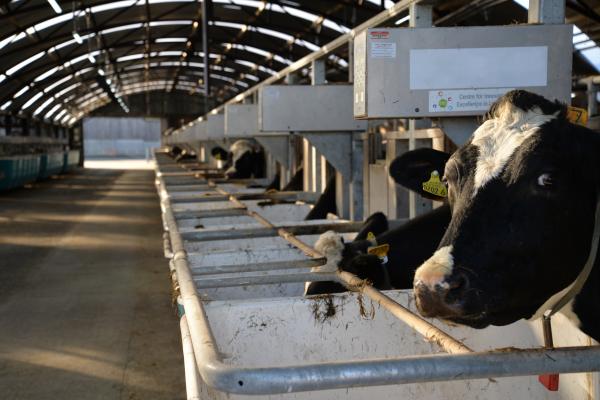
Can ‘machine learning’ help predict dairy cow intakes
This is a question that scientists at AFBI have been trying to answer within a project which is examining ‘precision feeding’ approaches for dairy cows. Being able to improve the accuracy with which we can predict the intakes of dairy cows, either for the whole herd, or for individual cows, has b...Read more -
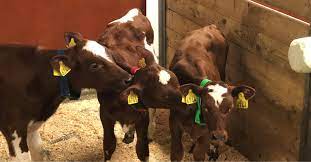
Calf personality, feeding, and growth When one style doesn’t fit all
In a natural setting, cows and nursing calves together set the feeding schedule for the calf, and calves wean gradually, completing weaning at varying ages. By contrast, in artificial rearing systems with minimal cow-calf contact, the weaning schedule may be strictly determined, with reductions o...Read more -

New Year, New Journey.
After a year’s efforts, Fangtong will take a holiday from 27th January to 10th February, 2022 to celebrate Chinese Spring Festival and welcome the new year of the tiger. At this time of welcoming Chinese new year, We would like to send our sincere thanks to all our customers. Thank you for...Read more -
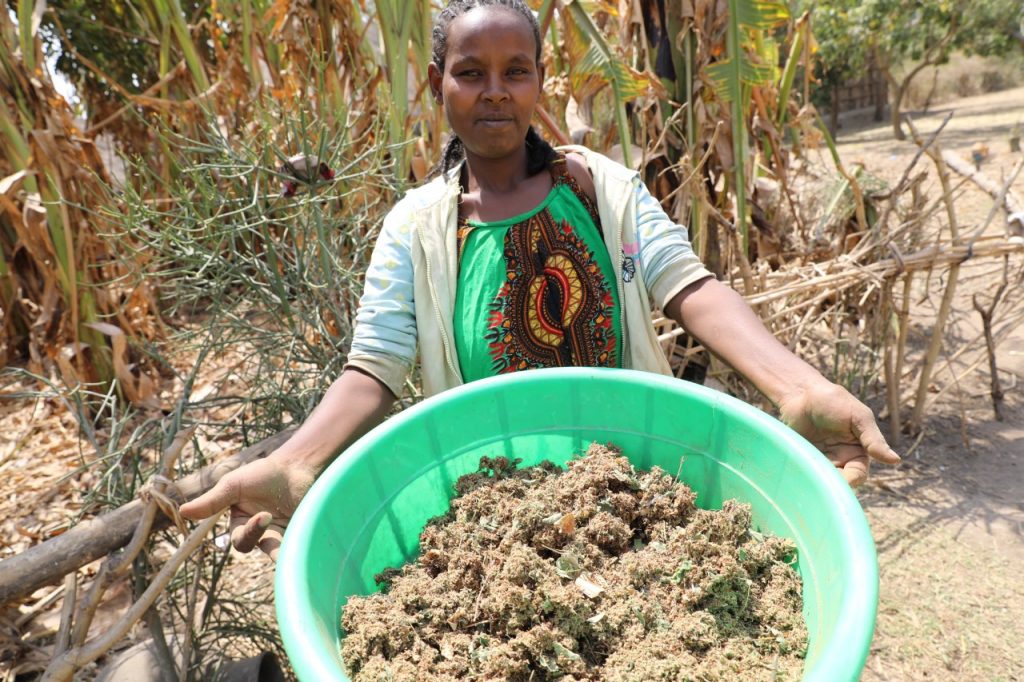
‘Push-pull’ innovation helps female farmers in East Africa see crop, livestock, and income improvements
Since 2019, the amount of milk Mariam Bagune’s livestock produce has doubled. Ever since she began implementing a sustainable farming technique called “push-pull,” Bagune and other female farmers in Ethiopia have observed a number of improved farm outputs. Push-pull is a method named for its abil...Read more -
Smallholder dairy production in Kenya
Abstract Kenya’s dairy sub sector contributes about 8% of Gross Domestic Product (GDP) with an annual milk production of 3.43 billion litres. Kenyan milk production is 3% of the 18% global production by Sub Saharan Africa. Dairy cattle population is estimated at 4.3 million kept under extensive, ...Read more -
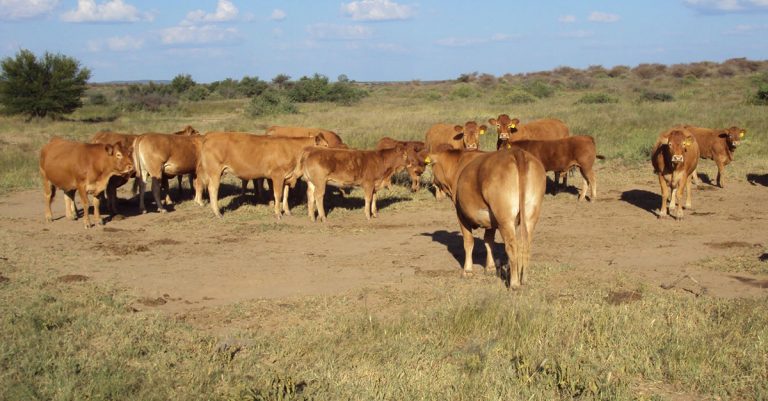
‘Livestock farming remains a cornerstone of Namibia’s economy’
The Namibian agriculture sector’s contribution to that country’s GDP grew from 4,5% in 2019 to almost 6,6% in 2020. This was according to Thinus Pretorius, chairperson of the Namibian Livestock Producers’ Organisation (LPO). He said in the LPO’s annual review for 2021 that primary livestock produ...Read more -
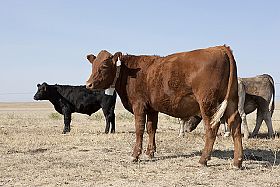
Live cattle, lean hog futures fall on sluggish slaughter
Live cattle, lean hog futures fall on sluggish slaughter Disruptions blamed on weather, labour shortages and COVID Chicago Mercantile Exchange (CME) live cattle and lean hog futures fell on Friday as sluggish slaughter rates continue to drag on prices, traders said. “They’re both fac...Read more -
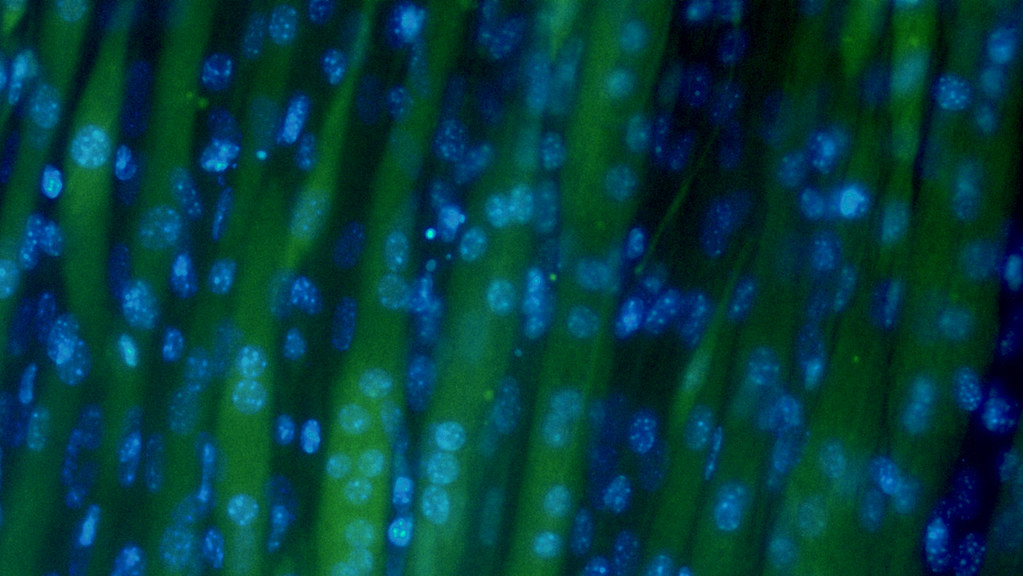
From meadow to plate could cultured meat made from grass replace animals
An affordable lab system that uses grass blades to turn cells into cultured meat has been developed at the University of Bath. Researchers at the University of Bath have successfully taken grass from the university’s campus and used it to create a scaffold that animal cells can attach to and grow...Read more -
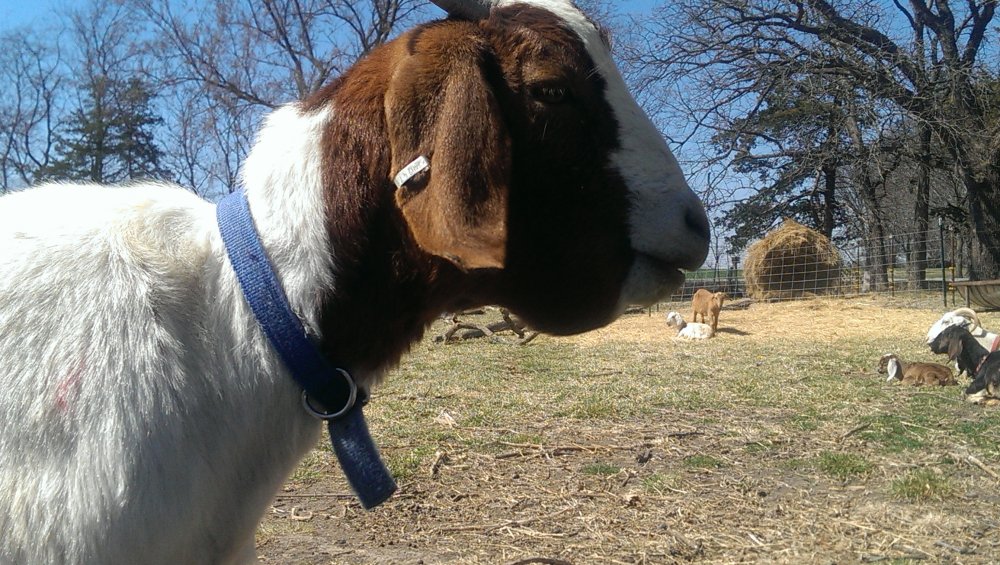
Bottle Jaw
DESCRIPTION This is the abnormal accumulation of clear oedema fluid under the skin of the lower jaw. It can be caused by an increase in local hydrostatic pressure such as from abscessed submandibular lymph nodes blocking lymph drainage or grass seeds blocking salivary ducts. Most commonly it is c...Read more -
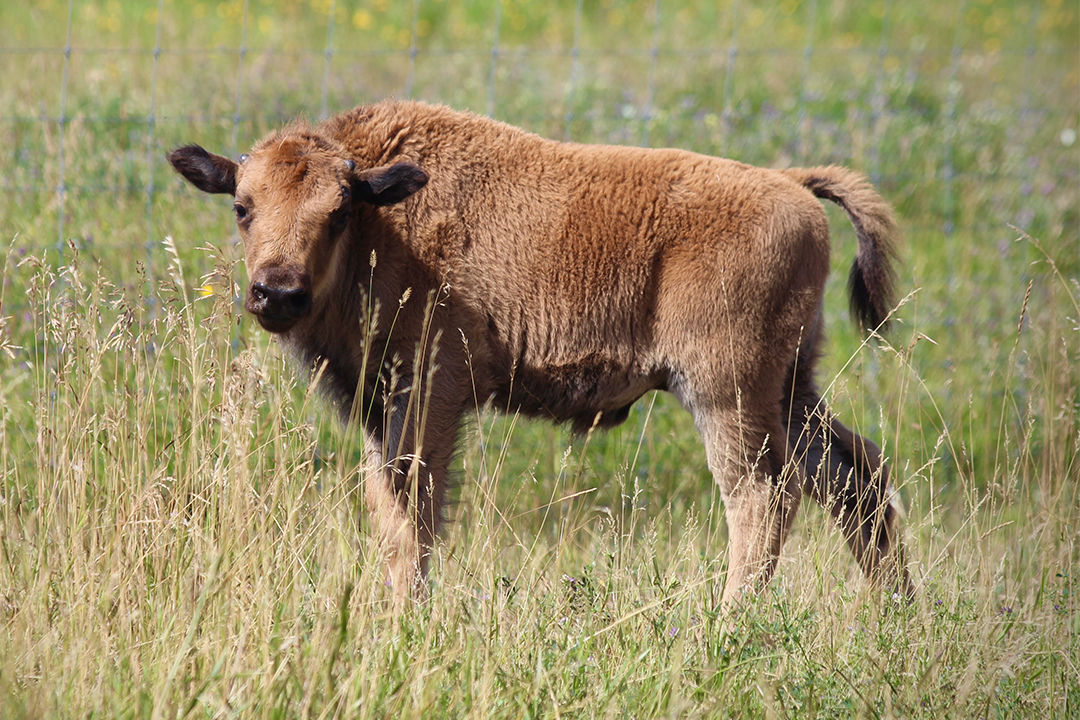
Bison calves leading the way to biobank creation
The wood and plains bison are majestic creatures weighing 1,200 pounds, but their conservation could depend on single-celled gametes (reproductive cells) that are measured in microns. These sperm and egg gametes, which carry the bison’s genetic material, are a vital component of research t...Read more -
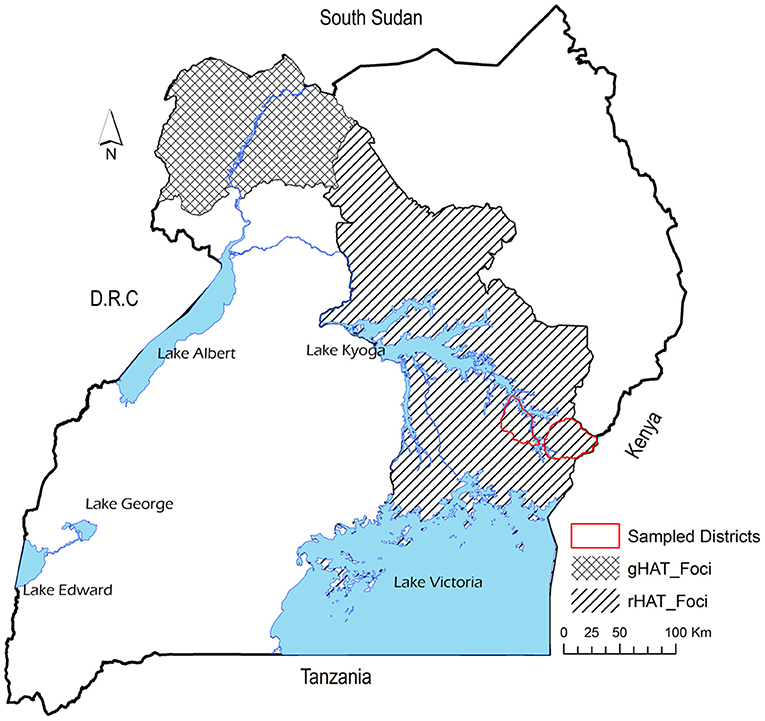
Critical Linkages Between Livestock Production, Livestock Trade and Potential Spread of Human African Trypanosomiasis in Uganda: Bioeconomic Herd Modeling and Livestock Trade Analysis
Background: Tsetse-transmitted human African trypanosomiasis (HAT) remains endemic in Uganda. The chronic form caused by Trypanosoma brucei gambiense (gHAT) is found in north-western Uganda, whereas the acute zoonotic form of the disease, caused by T. b. brucei rhodesiense (rHAT), occurs in the e...Read more -
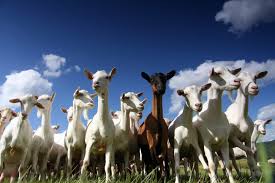
Administering Health Care Products to Goats
Health care is the second greatest cost of production in raising goats, so it makes sense that you should maximize the effectiveness of the medications that you do give by storing and administering them properly. The first and most important thing that you should do when you purchase a health car...Read more -

A Higher Production Capacity, A New Journey!
A new year brings new hopes and leads a new journey with new dreams. Chongqing Fangtong has also ushered in new changes. Through the unremitting efforts of all employees, the new workshops will be put into use soon. The new workshops integrate the advantages of Fangtong animal drug production t...Read more -
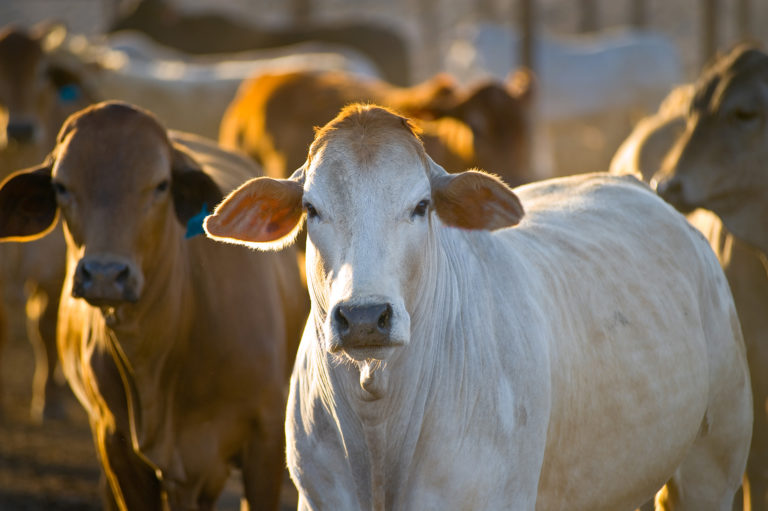
Tracking transboundary and emerging diseases
New project to use next-generation sequencing for faster bovine disease detection Transboundary and emerging diseases are constant threats to the livestock industry. Even as biosafety measures have evolved, there is always the lingering threat of highly contagious or newly discovered diseases imp...Read more -
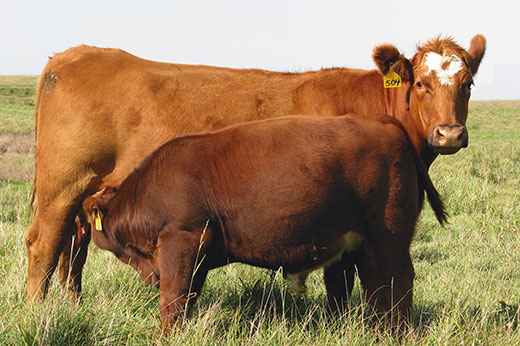
Targeting optimum cow size
Genetics, feed resources and calf marketing windows are just some of the influencing factors that determine the optimum size for cows to grow, according to the Kansas State University Beef Cattle Institute’s team of experts. Defining the optimum cow size was a discussion topic on the recent BCI C...Read more -
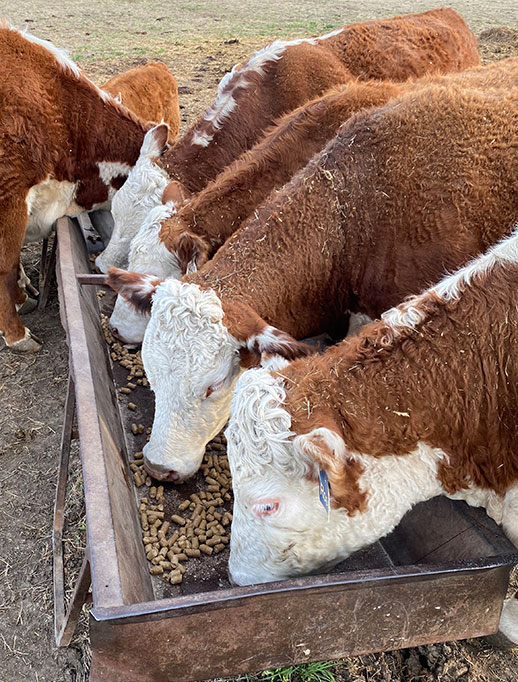
Spring grazing management for beef cattle
Beef cattle grazing on lush, green pastures is a common sight when driving through the Kansas Flint Hills in the late spring. Experts from Kansas State University’s Beef Cattle Institute discussed steps for managing the spring grazing season recently on the weekly podcast Cattle Chat. K-State bee...Read more -
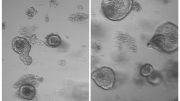
Scientists solve the grass leaf conundrum
Grass is cut regularly by our mowers and grazed on by cows and sheep, yet continues to grow back. The secret to its remarkable regenerative powers lies in part in the shape of its leaves, but how that shape arises has been a topic of longstanding debate. The debate is relevant to our staple crops...Read more -
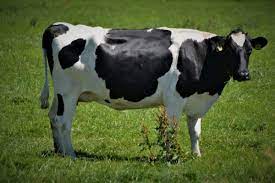
Researchers Find Toxin from Maple Tree in Cow’s Milk
Cows can pass on the hypoglycin A toxin through their milk, a study by the Martin Luther University Halle-Wittenberg (MLU) and the Leibniz Institute of Plant Biochemistry (IPB) in Toxins shows. The substance can cause severe symptoms in humans and animals. Small amounts of the toxin were detected...Read more -
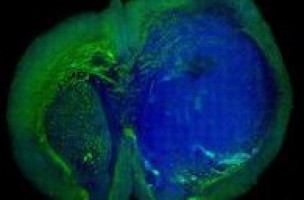
Parallels in human, dog oral tumors could speed new therapies
Recent Cornell research compared the genetic expression profiles of a nonlethal canine tumor and the rare, devastating human oral tumor it resembles, laying the groundwork for potential translational medicine down the road. While canine acanthomatous ameloblastoma (CAA) is common and nonlethal, i...Read more -
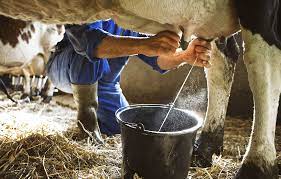
Guidelines may promote over-diagnosis of cow’s milk allergy in infants, study finds
International guidelines developed to help doctors diagnose cow’s milk allergy may lead to over-diagnosis, according to University of Bristol-led research published in the journal Clinical and Experimental Allergy today [8 December]. The study found that three-quarters of infants have two o...Read more -
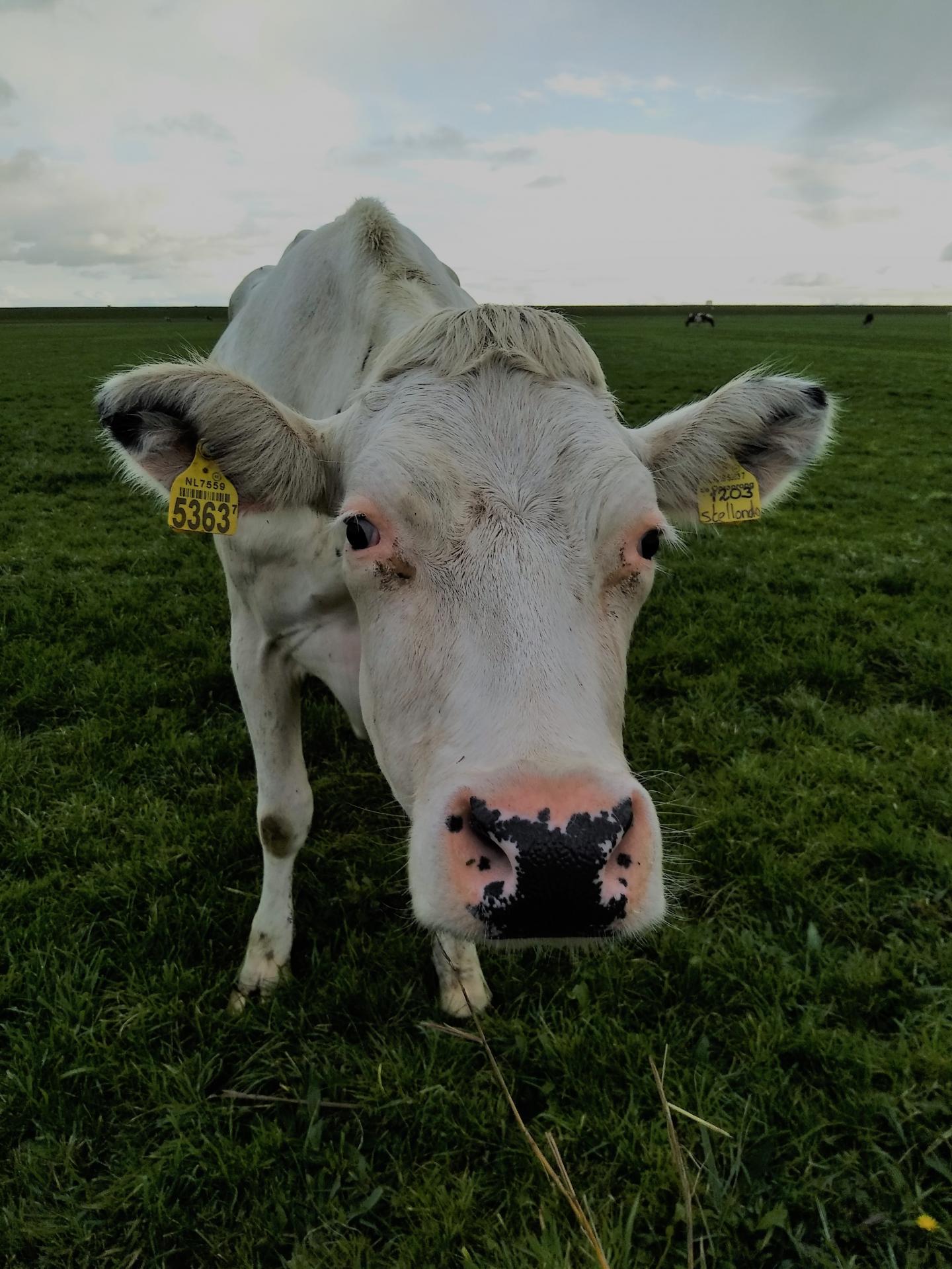
Grazing management of salt marshes contributes to coastal defense
Combining natural salt marsh habitats with conventional dikes may provide a more sustainable and cost-effective alternative for fully engineered flood protection. Researchers of the University of Groningen (UG) and the Royal Netherlands Institute for Sea Research (NIOZ) studied how salt marsh nat...Read more -
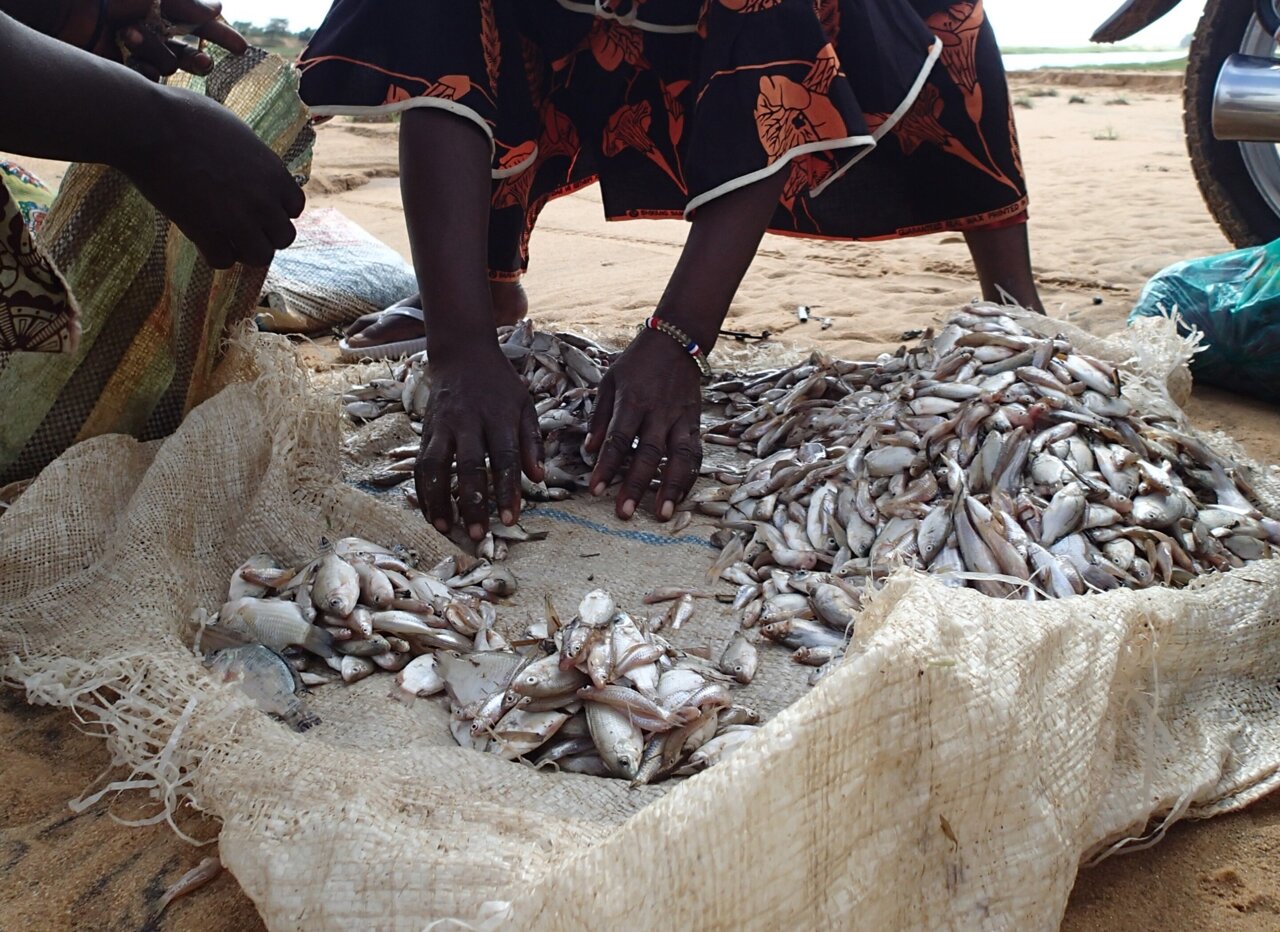
Debilitating human parasite transmitted via dogs eating fish
Efforts to eradicate a human parasitic disease are being hampered by dogs eating infected fish, new research shows. Guinea worm disease is usually caught by drinking water containing water fleas that carry the parasite larvae. The worms mate and grow inside the body, and after 10-14 months the on...Read more -

Common household noises may be stressing your dog
Researchers at the University of California, Davis, have found that people may not recognize that their dog is stressed when exposed to common household noises. While it’s well-established that sudden loud noises, such as fireworks or thunderstorms, commonly trigger a dog’s anxiety, a...Read more -
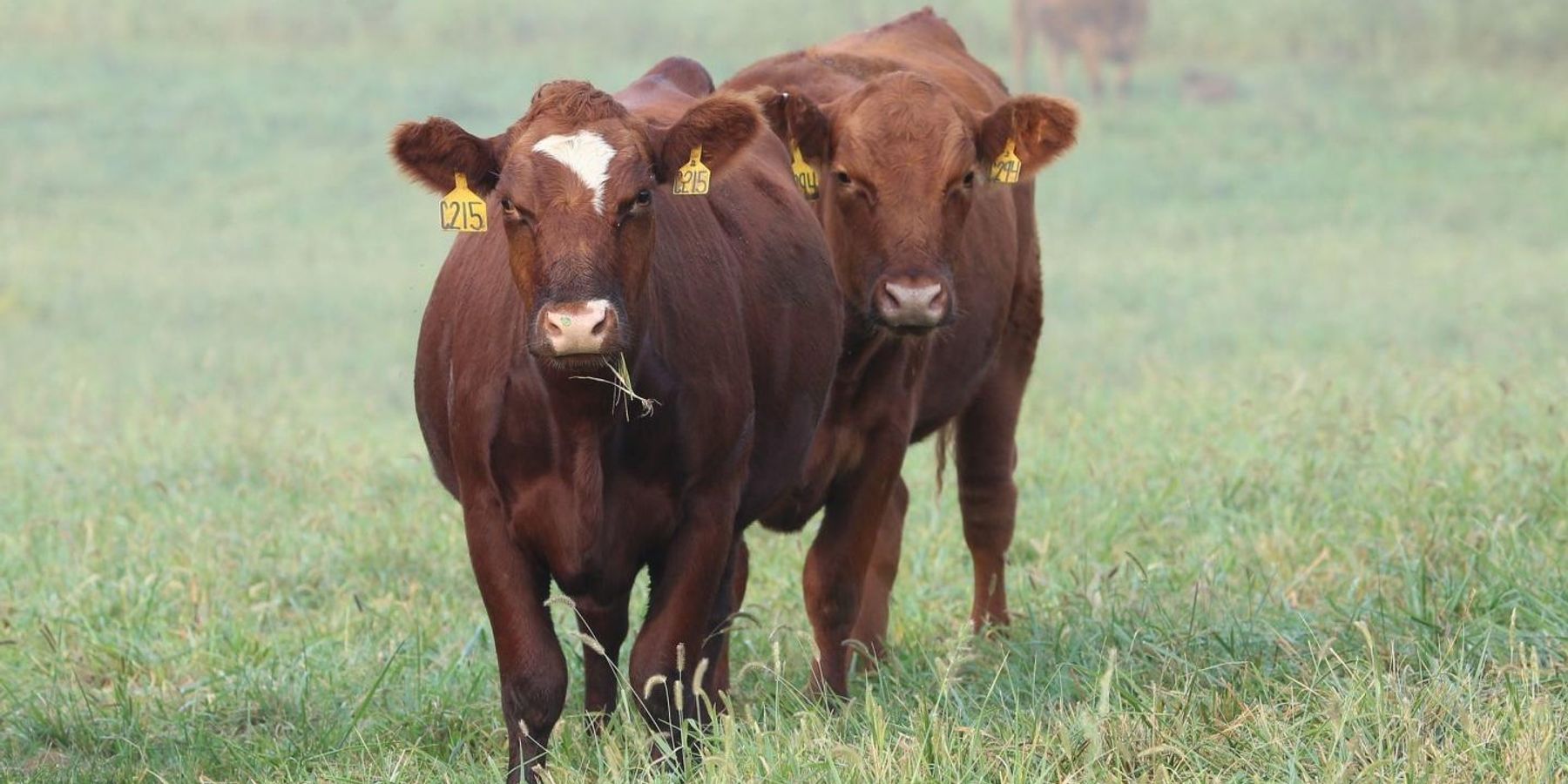
Cattle losing adaptations to environment
As a fourth-generation cattle farmer, Jared Decker knows that cattle suffer from health and productivity issues when they are taken from one environment — which the herd has spent generations adapting to — to a place with a different climate, a different elevation or even different gr...Read more

